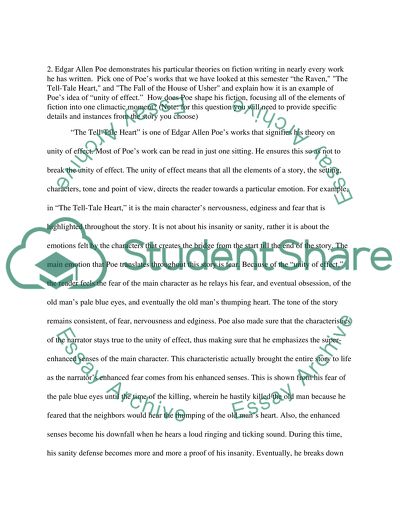The Yellow Wallpaper by Charlotte Perkins Gilman Essay - 2. Retrieved from https://studentshare.org/literature/1469812-the-yellow-wallpaper-by-charlotte-perkins-gilman
The Yellow Wallpaper by Charlotte Perkins Gilman Essay - 2. https://studentshare.org/literature/1469812-the-yellow-wallpaper-by-charlotte-perkins-gilman.


